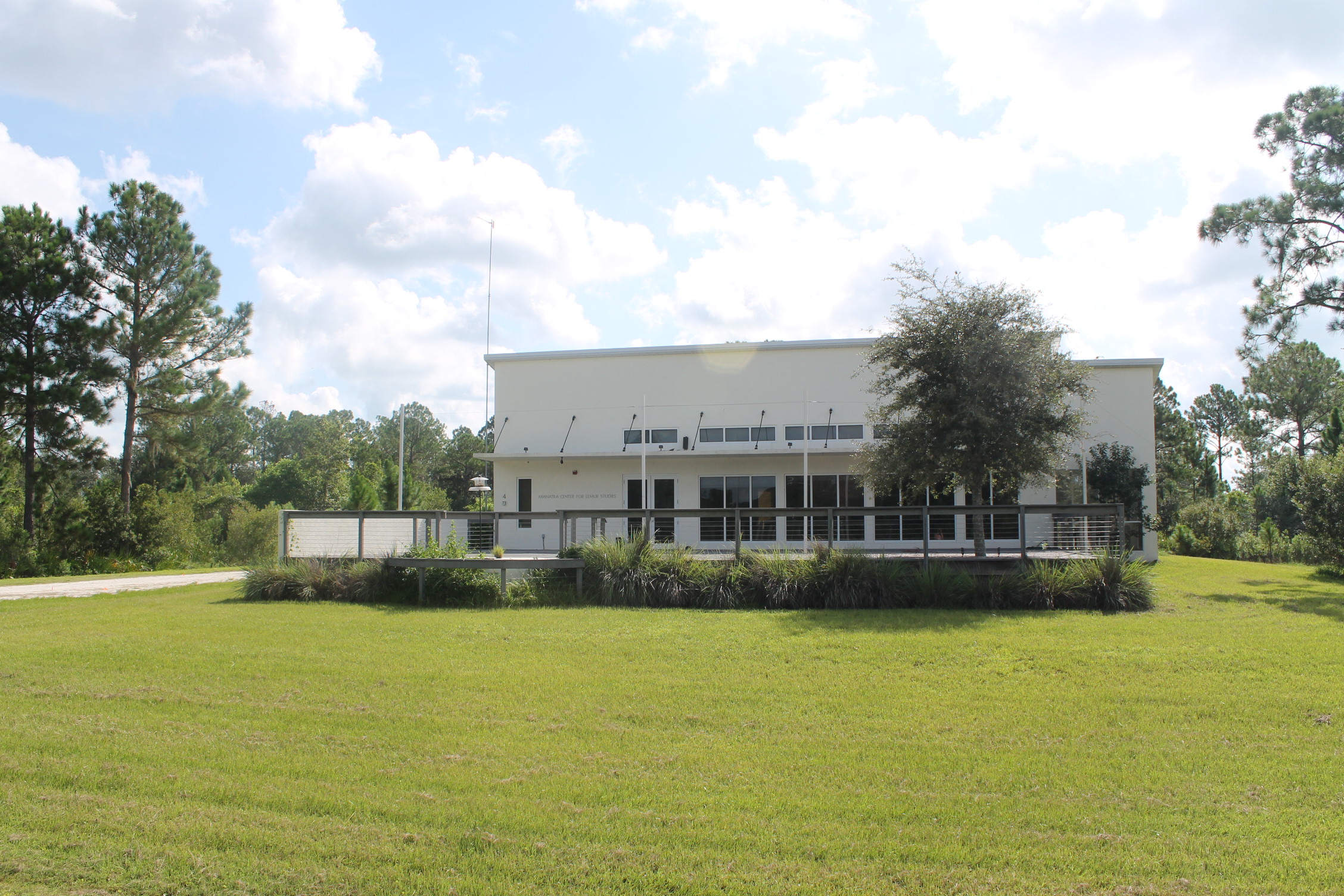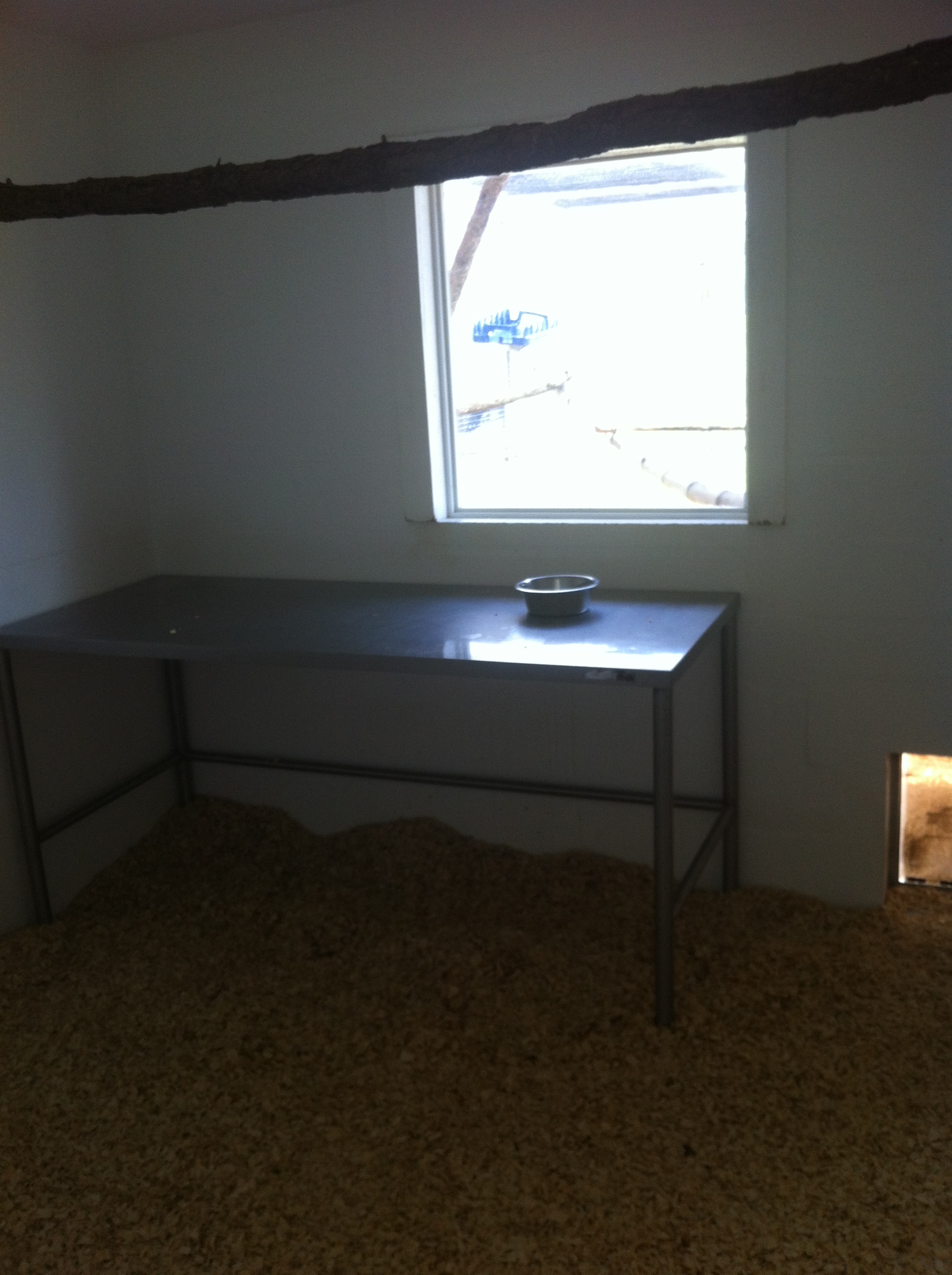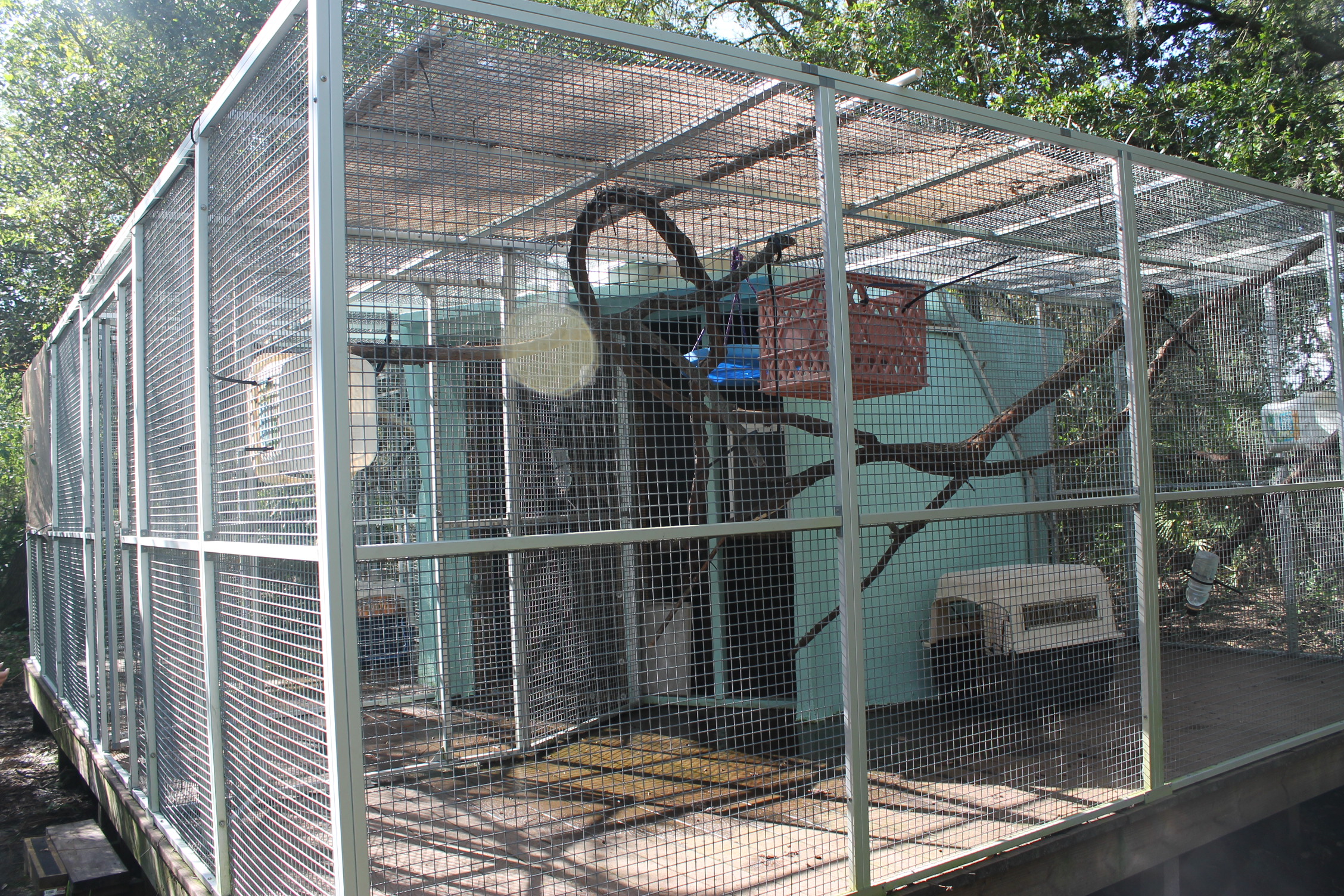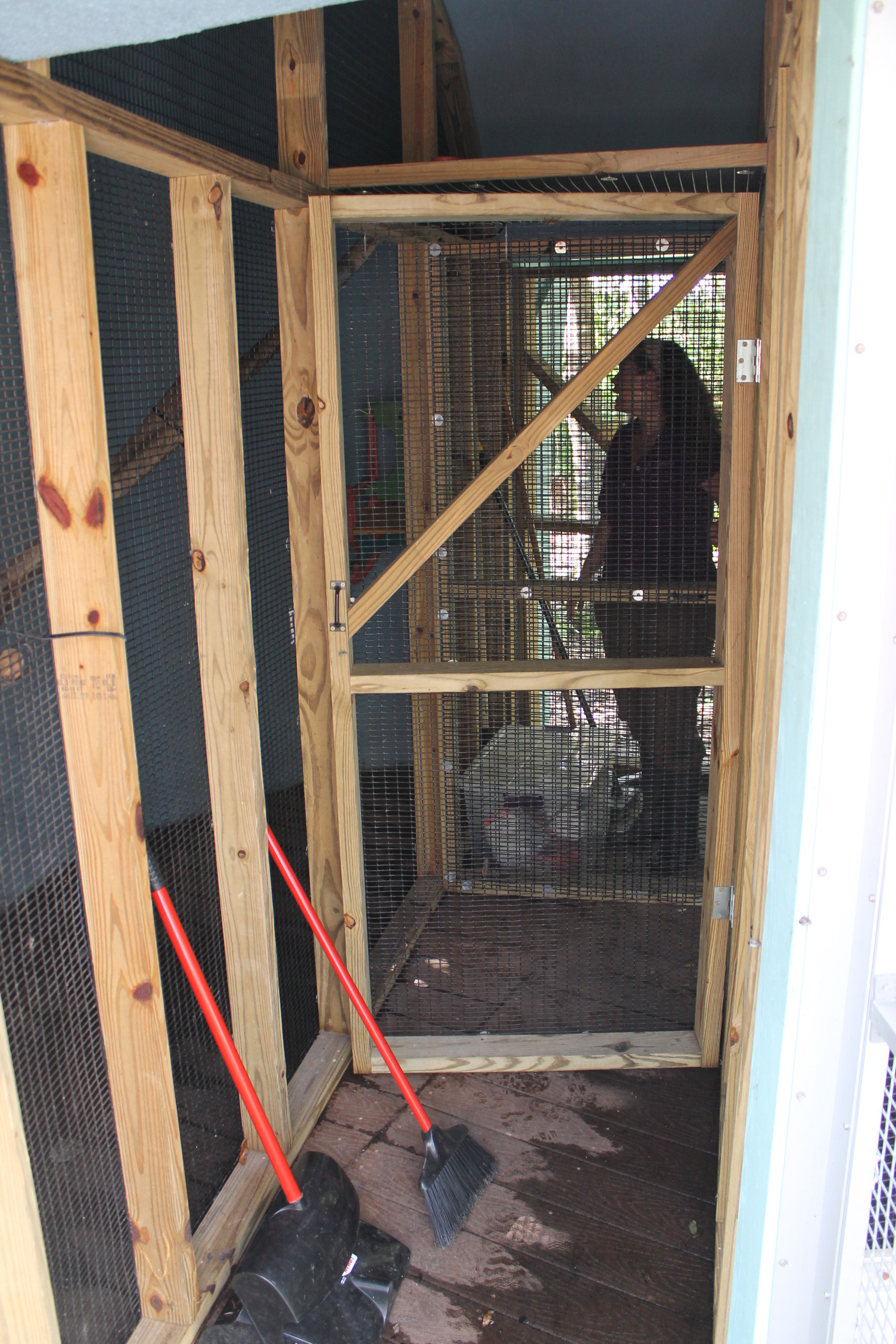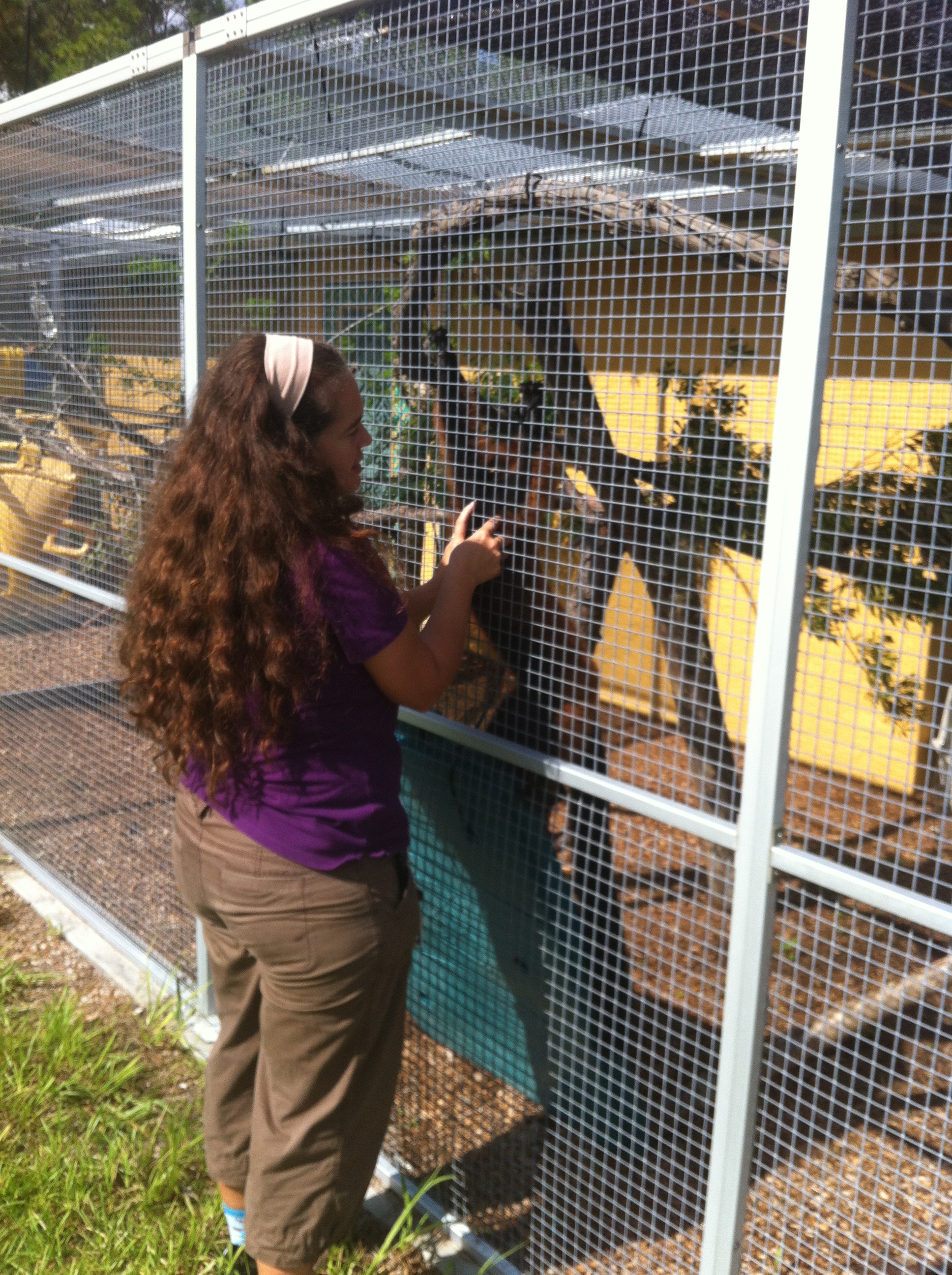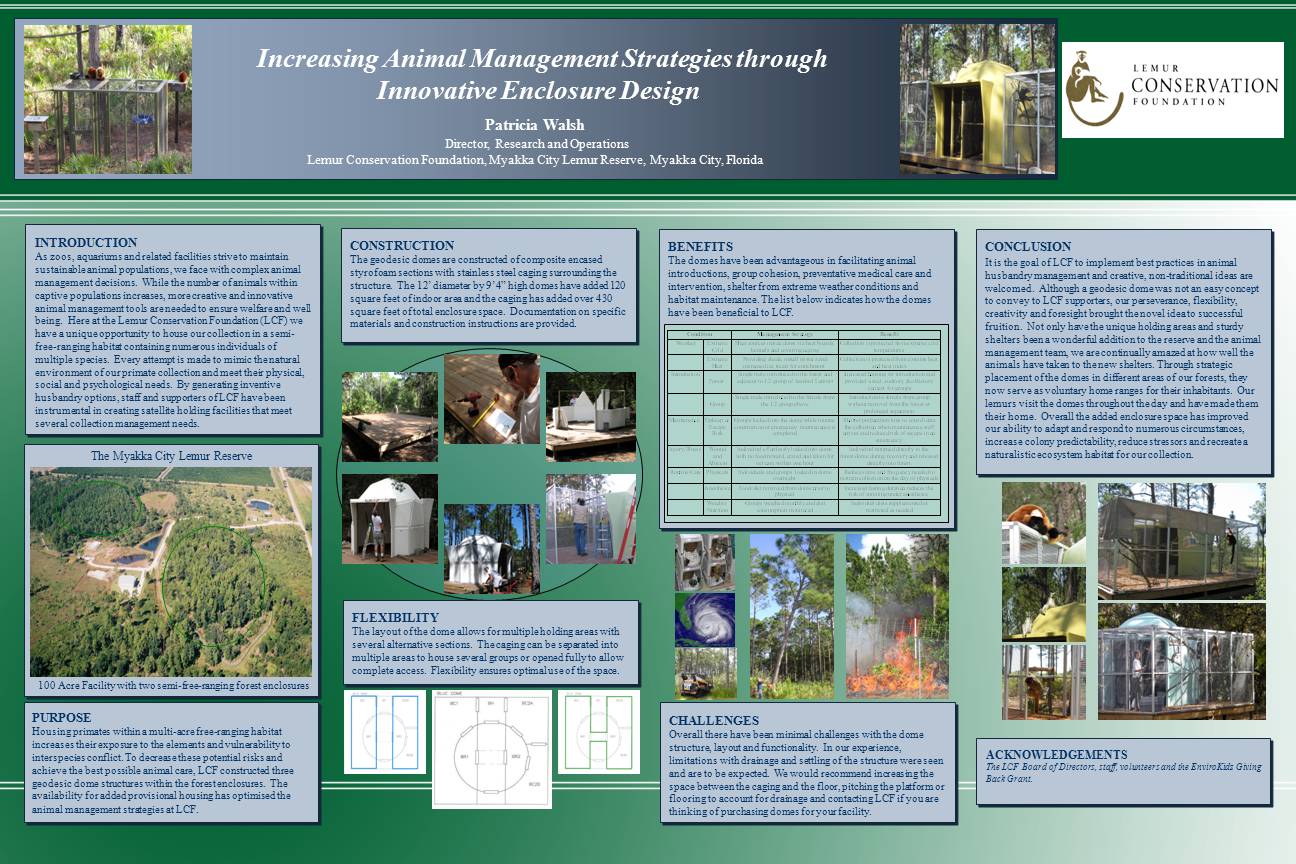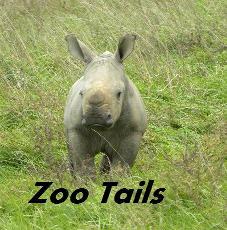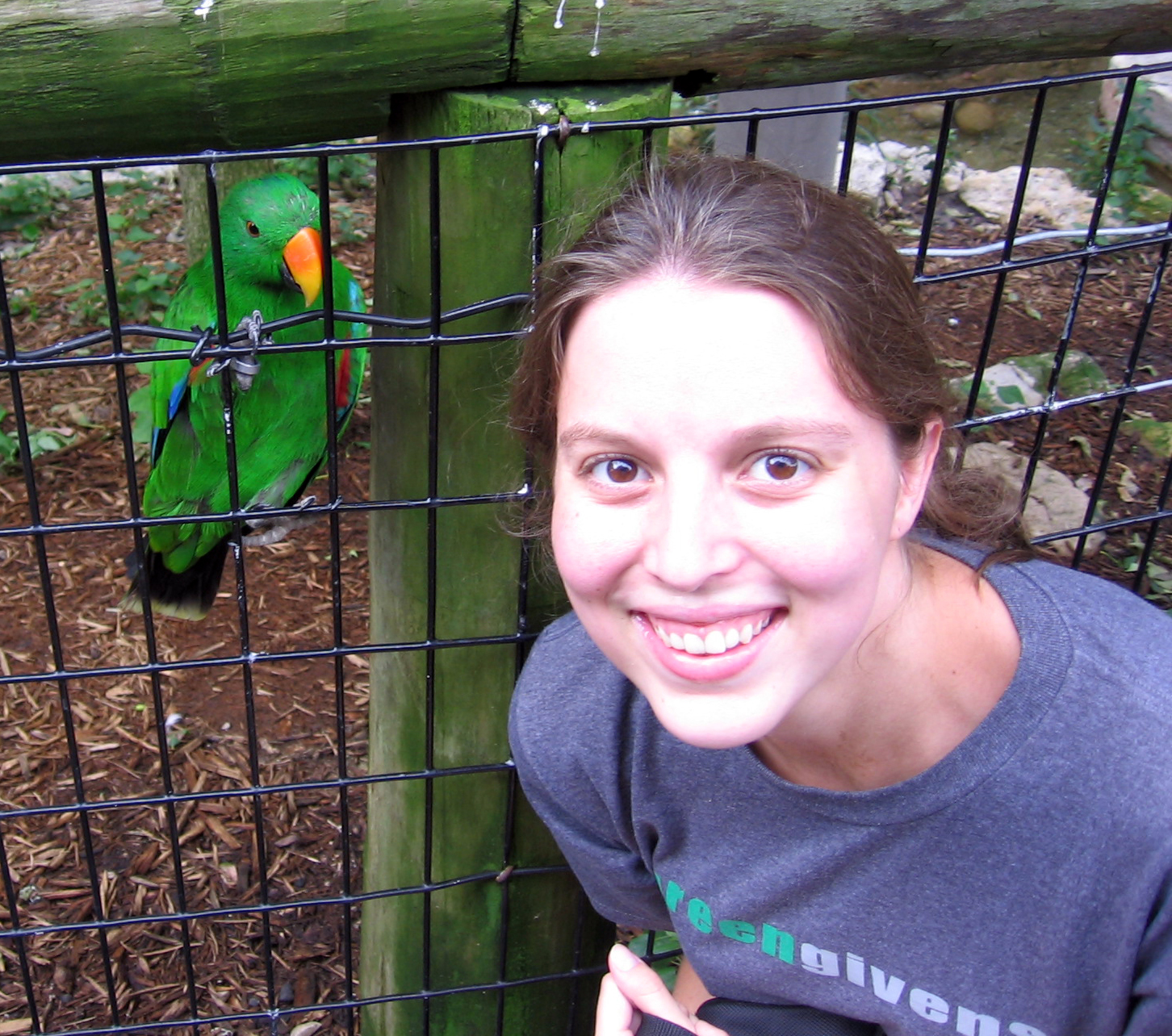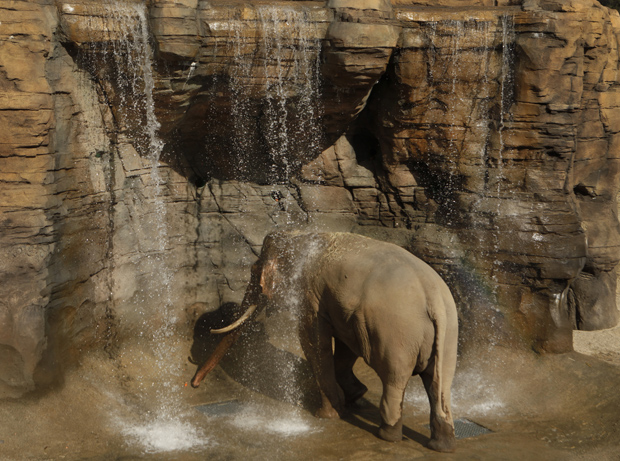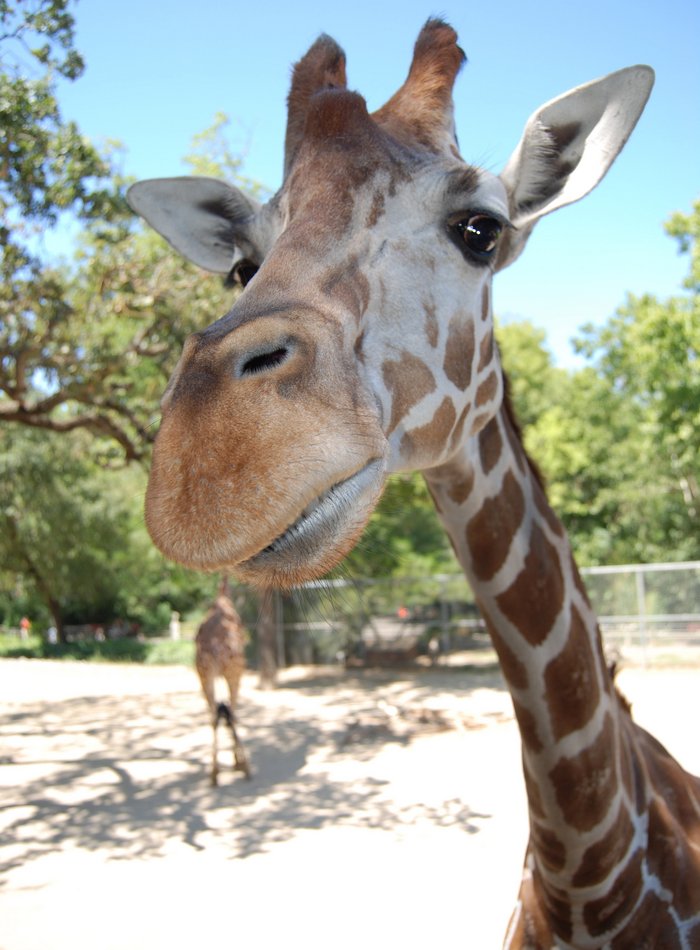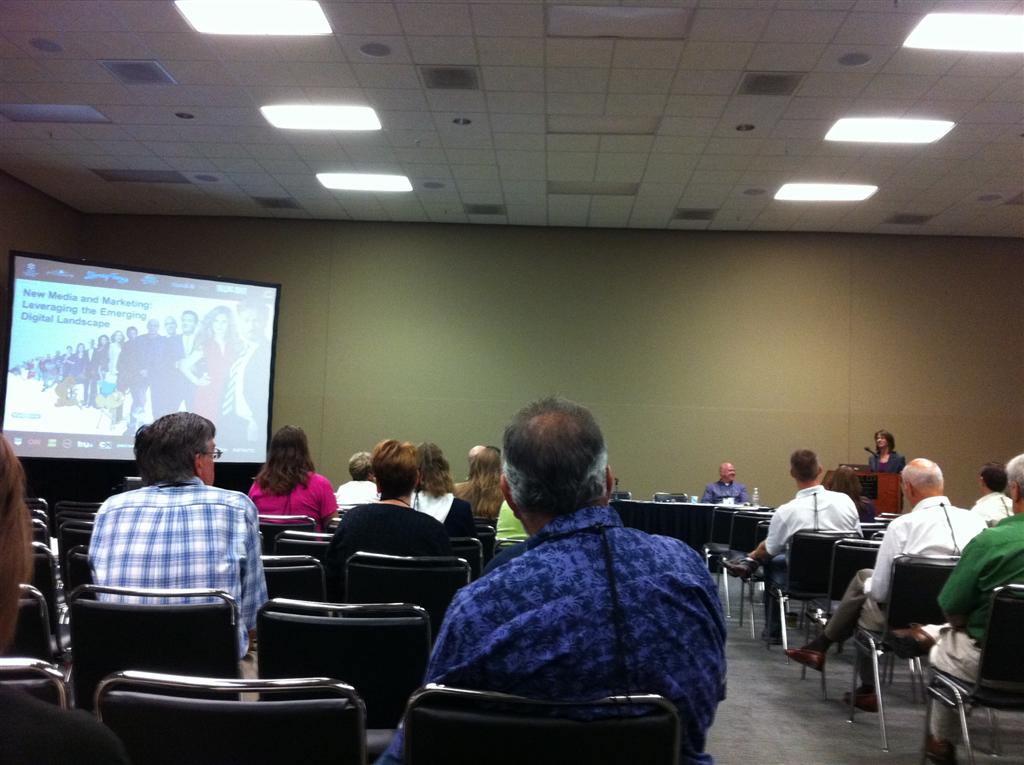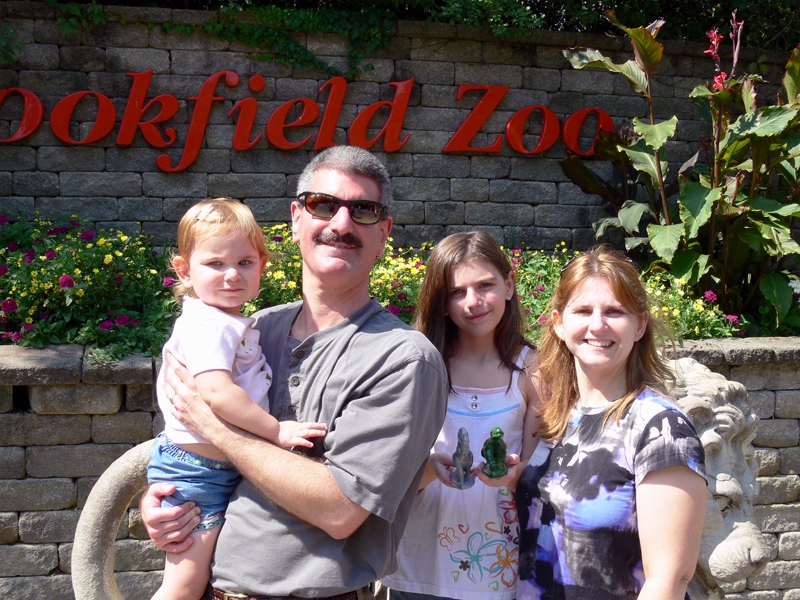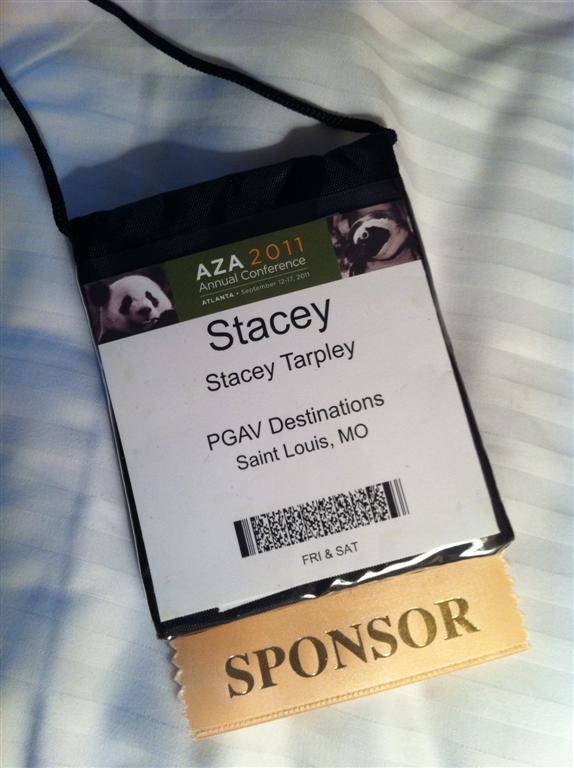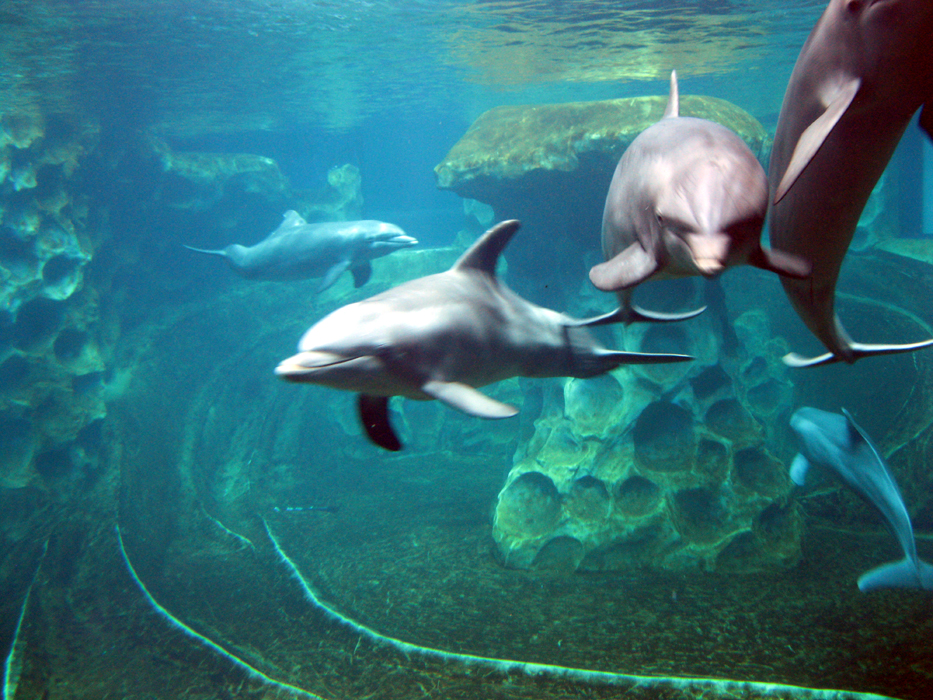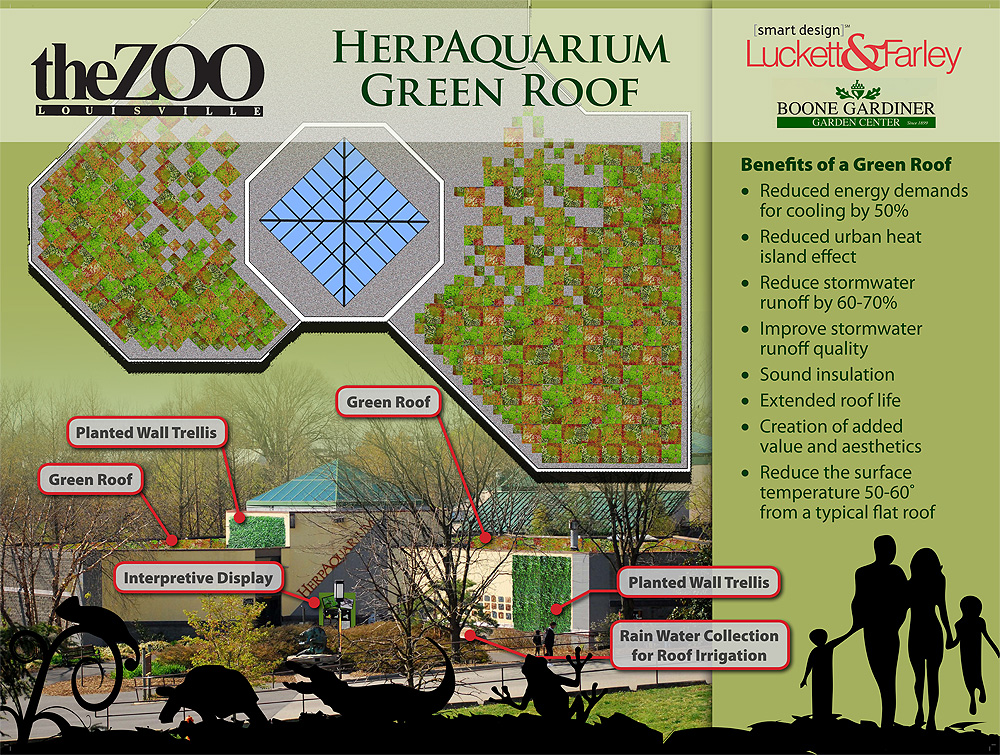Before the Icebreaker antics at the Science Center, before the Keynote address, before the Exhibit Hall opens, and before most attendees even arrive, the AZA Conference offered an all-day workshop focused on perceptions of zoos and aquariums. Led by the upbeat, funny and fabulous ladies of various zoo and aquarium education departments (Vicki, Danni, and Jill), the eight hour workshop dove into two large visitor research projects commissioned by the AZA several years ago. After multiple table shuffles during workshop activities, participants meet and engaged with each other exposing everyone to multiple points-of-view of the zoo industry (and, POVs of non-industry experts from the likes of NSF, Petsmart, and California Science Center, to name a few).
 The basic premise of the workshop was simple: We cannot appropriately address the needs of our stakeholders & visitors (experientially, educationally, emotionally, etc) without having an accurate profile of their perceptions.
The basic premise of the workshop was simple: We cannot appropriately address the needs of our stakeholders & visitors (experientially, educationally, emotionally, etc) without having an accurate profile of their perceptions.
First, we tackled stakeholders. We discussed visitors, educators, volunteers, media, spiritual leaders, politicians, and field biologists. The most intriguing results are below:
VISITORS: Guests see zoos and aquariums as experts on animals, but have not made the connection to their expertise in science or conservation in general. For example, they will call the zoo for information about the cougar spotted in the hills behind their house, but will not seek out the zoo for information about rain forest depletion.
EDUCATORS: Teachers value zoos as an educational experiences, but the vast majority do not understand how to use the zoo in their own classroom.
POLITICIANS: Zoos and aquariums are a trusted educational resource, but politicians by and large do not have an understanding as to what is being taught.
MEDIA: News outlets generally turn to zoos for information about animals and about human-animal interactions. For example, media set up camp at Columbus Zoo during the sad Zanesville events, but rarely turn up to cover successes in conservation such as critical births or releases of rehabbed animals.
VOLUNTEERS: Although they may have joined the zoo volunteer program initially to help with animals, volunteers understand their role to be critical in the education of children.
SPIRITUAL LEADERS: Overall, religious leaders hold a surprisingly positive attitude toward zoos and aquariums lauding institutions for their educational value, particularly for children. Many participants cited examples of religious groups regularly visiting the zoo, using their facility as a place of worship, and utilizing educational programs (some with one caveat: Don't use the "E" word...evolution).
FIELD BIOLOGISTS: Generally, scientists understand the value of the opportunity to teach visitors about animals and their plight in the wild. However, most have some level of distrust in the institutions, due to the perceived lack of serious research occurring at zoos as well as disappointment in the level of information being disseminated to visitors.
Finally, we discussed the visitor more deeply. As shown time and again, the prime visitor segment is family. Beyond that, visitors can be broken down into categories based on motivation.
EXPLORERS: Visitors whose primary drive is curiosity and the desire to dig deeper. This segment generally defines the majority of zoo visitors.
PROFESSIONALS / HOBBYISTS: These visitors are those with specialized knowledge who utilize the zoo either as a case study or as a place to practice their field. Think zoo designers visiting zoos or photographers photographing cute otters.
FACILITATORS: These visitors are motivated by the desire to fulfill the needs of others. Mommies (and stay-at-home dads) are a great example of facilitators.
EXPERIENCE SEEKERS: Think of these folks as hoarders. They have a checklist of places and experiences, and visit in order to check each one off their list. They seek the biggest, best and most popular. Theme park enthusiasts are typical experience seekers.
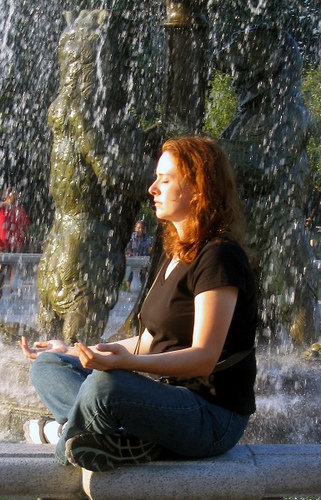 SPIRITUAL PILGRIMS: These visitors have a special connection to nature and appreciate the wildlife for their beauty and nature as a place to calm, meditate and recharge.
SPIRITUAL PILGRIMS: These visitors have a special connection to nature and appreciate the wildlife for their beauty and nature as a place to calm, meditate and recharge.
As designers, we must consider each of these visitor types and provide at least one experience for each. An experience too heavy in one or another of these types will be unsuccessful, especially in relation to the institution in which you work. Every zoo and aquarium's visitor profile is slightly different, and before design begins, a visitor evaluation may be in order. The workshop introduced several evaluation tools and provided templates for use.
At the end of the day, I was overwhelmed and tired. But all in all, it was useful and applicable to designers--even if you have already read the studies. My one complaint is the title of the workshop--I don't believe we really discussed 'why zoos and aquariums matter' at all. I would've liked to hear more about how institutions communicate the answer to this question to their stakeholders. So far, we've only just asked the question.








